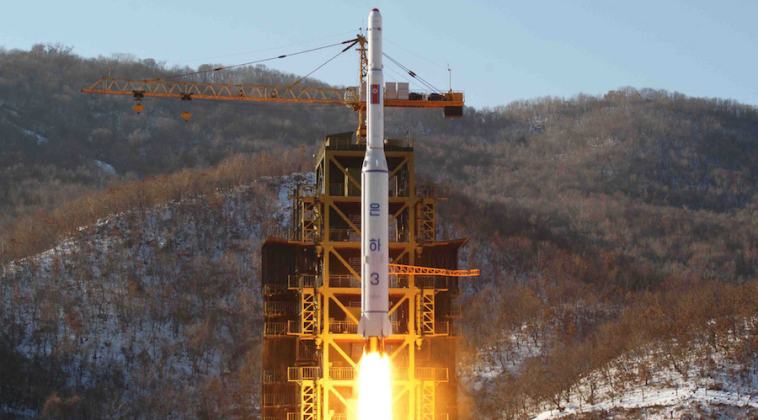News
North Korea Completes First Military Recon Satellite: Will It Be the First in a Larger Network?
On April 19 the North Korean state run Korean Central News Agency (KCNA) reported that work building the country’s first military reconnaissance satellite had been completed. The report elaborated that the National Aerospace Development Administration (NADA) had been tasked “to organise a non-permanent satellite-launching preparatory committee to make sure that the military reconnaissance satellite No. 1 completed as of April will be launched at the planned date, speed up its final preparations and firmly establish the satellite intelligence-gathering capability by deploying several reconnaissance satellites on different orbits in succession in the future.” North Korea has independently launched two satellites in the past, and is one of just nine countries to have done so, although none of the prior designs were built for its armed forces.

On December 18 the NADA carried out a space launch referred to by KCNA “important final-stage test” in the development of a surveillance satellite. The test, described as “the final gateway” before the launch of a reconnaissance satellite, saw equipment including a panoramic camera with “20m resolution,” two multispectral cameras and a video transmitter among others, all launched “to the altitude of 500km.” Seemingly supporting R&D work, intermediate and intercontinental range ballistic missile tests since early 2022 have also seen cameras attached to the missiles to relay surveillance footage back to Korea. Development of military reconnaissance satellites has been speculated for over half a decade, with the launch of “military reconnaissance satellite No. 1,” the name of which has yet to be unveiled, potentially forming the first part of a wider network that could serve as a major force multiplier for the country’s fast expanding precision strike assets. North Korea has revolutionised its strike capabilities since the mid 2010s including not only the development of four separate classes of intercontinental range ballistic missile intended to hold the United States mainland in the crosshairs, but also hypersonic glide vehicles, a wide range of short ranged tactical ballistic missiles some of which are considered world leaders in performance, as well as cruise missiles and even a long range nuclear armed submersible drone. Aviation and space capabilities remain the primary areas where the country lacks a high degree of self sufficiency.












